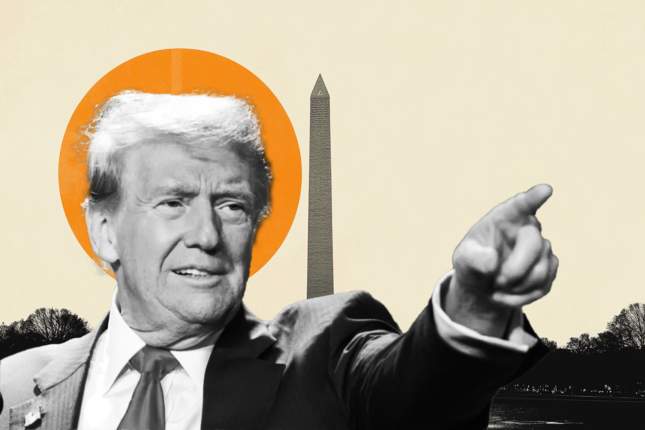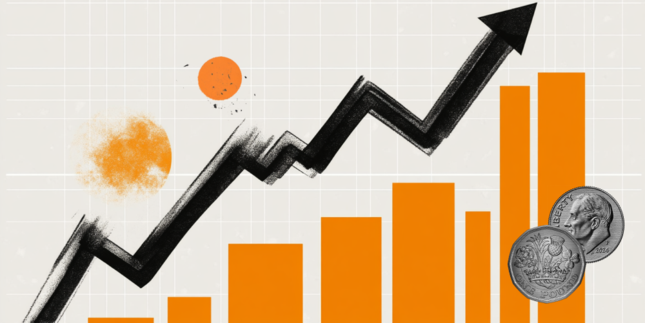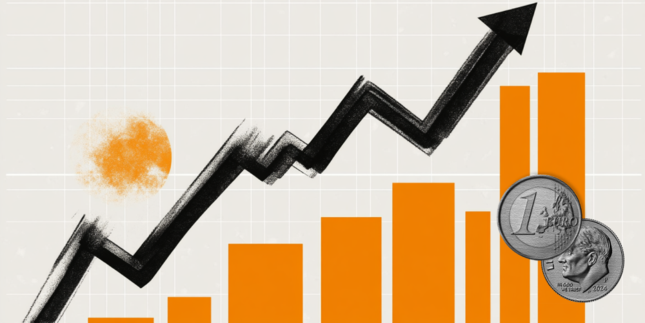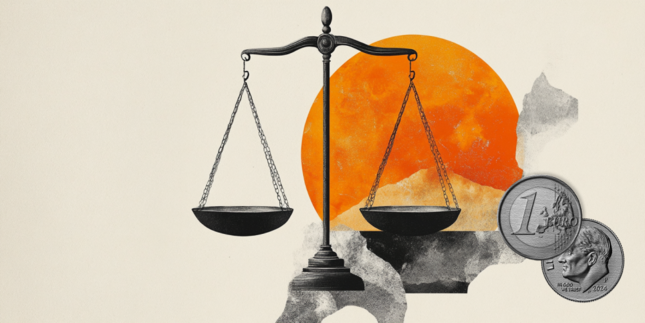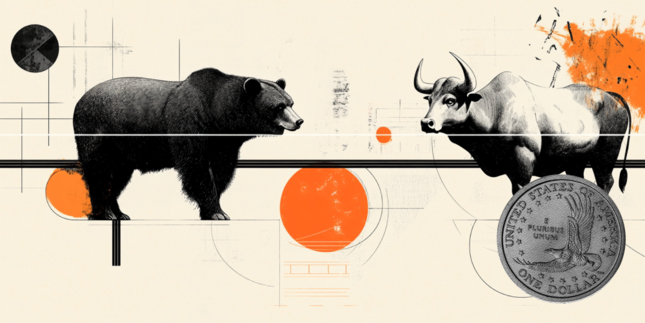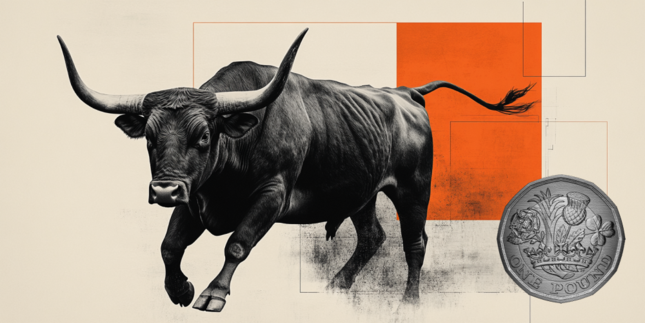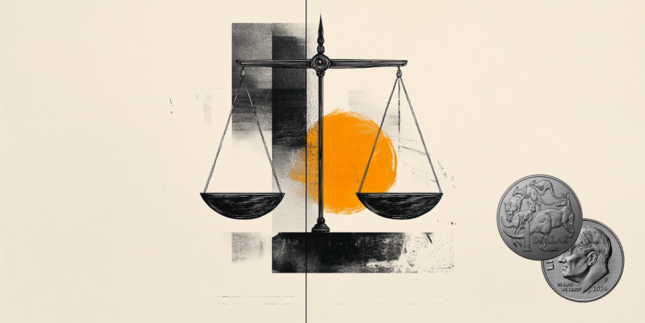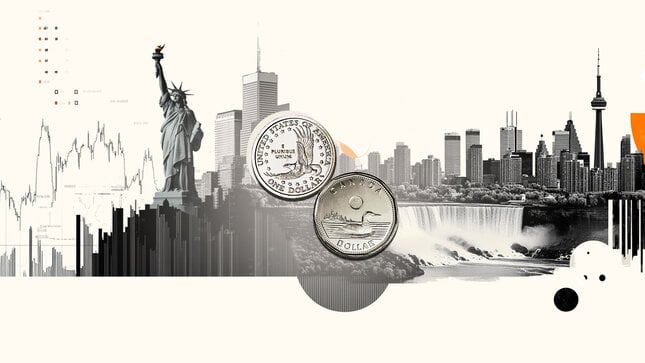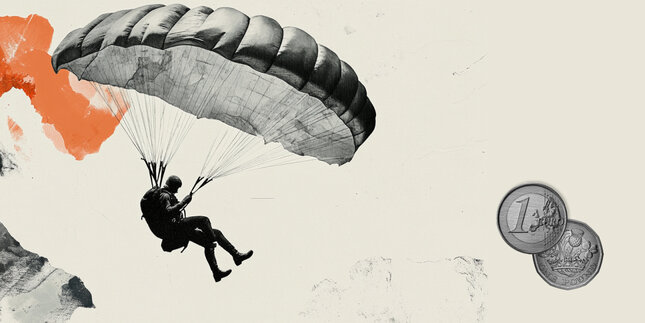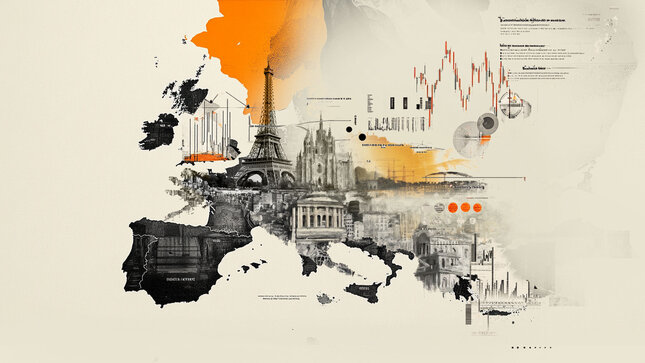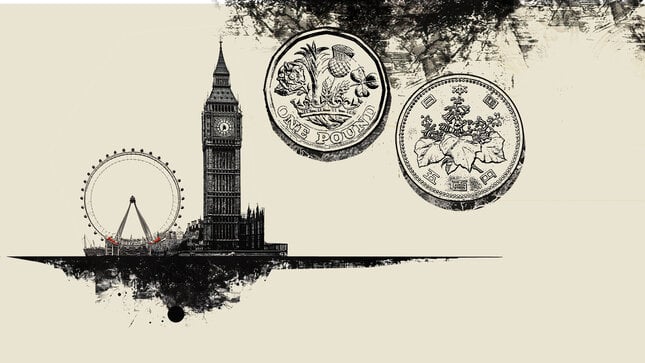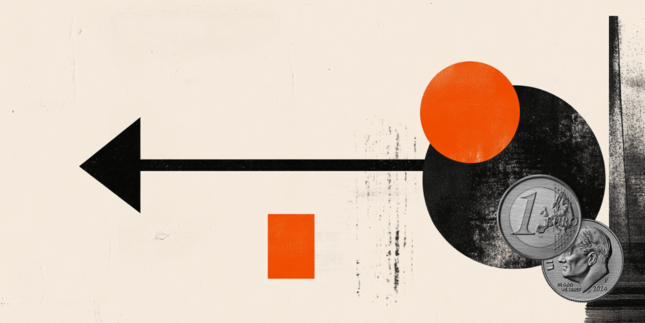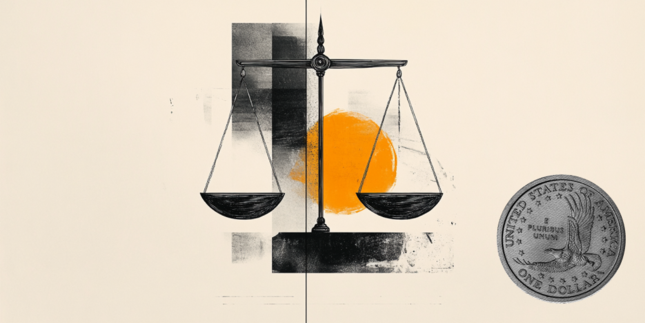USD/CHF rises above 0.8250 as Fed sees no rush to interest rate cuts
- USD/CHF gains above 0.8250 as the US Dollar capitalizes on the Fed’s guidance that policymakers await more clarity on the US economic outlook.
- The White House is expected to unveil a bilateral trade deal with the UK.
- SNB’s Schlegel has opened doors for negative interest rates to maintain price stability.
The USD/CHF pair moves higher above 0.8250 during European trading hours on Thursday. The Swiss Franc pair gains as the US Dollar (USD) trades higher after the Federal Reserve (Fed) signaled that it is in no hurry to lower interest rates. The US Dollar Index (DXY), which tracks the Greenback’s value against six major currencies, jumps to near 100.20.
On Wednesday, the Fed left interest rates steady in the range of 4.25%-4.50% for the third time in a row amid uncertainty over how new economic policies announced by United States (US) President Donald Trump will shape the economic outlook. “My gut tells me that uncertainty is extremely elevated,” Fed Chair Jerome Powell said and warned that risks to both inflation and unemployment have skewed “on the upside”.
Another reason behind the strength of the US Dollar is confirmation from US President Trump that the White House has signed a bilateral trade deal with one of its trading partners, which he referred to as a “highly respected country”. The reports from The New York Times (NYT) have stated that the country is the “United Kingdom”.
Still, investors brace for volatility in the US Dollar as both the US and China have confirmed trade discussions on Saturday in Switzerland. US Treasury Secretary Scott Bessent and Trade Representative Jamieson Greer said that they will meet their Chinese counterparts, aiming to de-escalate the trade war.
Meanwhile, the Swiss Franc (CHF) underperforms its peers as Swiss National Bank (SNB) Chairman Martin Schlegel has signaled that the central bank could take interest rates to negative in an attempt to maintain price stability. “No one likes negative rates, but if we have to, we are prepared to do it again,” Schlegel said on Tuesday.
Swiss Franc PRICE Today
The table below shows the percentage change of Swiss Franc (CHF) against listed major currencies today. Swiss Franc was the strongest against the Japanese Yen.
| USD | EUR | GBP | JPY | CAD | AUD | NZD | CHF | |
|---|---|---|---|---|---|---|---|---|
| USD | 0.10% | 0.02% | 0.65% | 0.26% | -0.00% | 0.13% | 0.31% | |
| EUR | -0.10% | -0.07% | 0.56% | 0.13% | -0.09% | 0.04% | 0.21% | |
| GBP | -0.02% | 0.07% | 0.65% | 0.21% | -0.00% | 0.12% | 0.26% | |
| JPY | -0.65% | -0.56% | -0.65% | -0.40% | -0.65% | -0.53% | -0.39% | |
| CAD | -0.26% | -0.13% | -0.21% | 0.40% | -0.25% | -0.13% | 0.01% | |
| AUD | 0.00% | 0.09% | 0.00% | 0.65% | 0.25% | 0.13% | 0.27% | |
| NZD | -0.13% | -0.04% | -0.12% | 0.53% | 0.13% | -0.13% | 0.14% | |
| CHF | -0.31% | -0.21% | -0.26% | 0.39% | -0.01% | -0.27% | -0.14% |
The heat map shows percentage changes of major currencies against each other. The base currency is picked from the left column, while the quote currency is picked from the top row. For example, if you pick the Swiss Franc from the left column and move along the horizontal line to the US Dollar, the percentage change displayed in the box will represent CHF (base)/USD (quote).
Swiss consumer inflation expectations have accelerated due to the appreciating Swiss Franc. Global economic uncertainty due to the fallout of tariffs announced by US President Trump has increased the safe-haven appeal of the Swiss Franc.
US Dollar FAQs
The US Dollar (USD) is the official currency of the United States of America, and the ‘de facto’ currency of a significant number of other countries where it is found in circulation alongside local notes. It is the most heavily traded currency in the world, accounting for over 88% of all global foreign exchange turnover, or an average of $6.6 trillion in transactions per day, according to data from 2022. Following the second world war, the USD took over from the British Pound as the world’s reserve currency. For most of its history, the US Dollar was backed by Gold, until the Bretton Woods Agreement in 1971 when the Gold Standard went away.
The most important single factor impacting on the value of the US Dollar is monetary policy, which is shaped by the Federal Reserve (Fed). The Fed has two mandates: to achieve price stability (control inflation) and foster full employment. Its primary tool to achieve these two goals is by adjusting interest rates. When prices are rising too quickly and inflation is above the Fed’s 2% target, the Fed will raise rates, which helps the USD value. When inflation falls below 2% or the Unemployment Rate is too high, the Fed may lower interest rates, which weighs on the Greenback.
In extreme situations, the Federal Reserve can also print more Dollars and enact quantitative easing (QE). QE is the process by which the Fed substantially increases the flow of credit in a stuck financial system. It is a non-standard policy measure used when credit has dried up because banks will not lend to each other (out of the fear of counterparty default). It is a last resort when simply lowering interest rates is unlikely to achieve the necessary result. It was the Fed’s weapon of choice to combat the credit crunch that occurred during the Great Financial Crisis in 2008. It involves the Fed printing more Dollars and using them to buy US government bonds predominantly from financial institutions. QE usually leads to a weaker US Dollar.
Quantitative tightening (QT) is the reverse process whereby the Federal Reserve stops buying bonds from financial institutions and does not reinvest the principal from the bonds it holds maturing in new purchases. It is usually positive for the US Dollar.
Forex News
Keep up with the financial markets, know what's happening and what is affecting the markets with our latest market updates. Analyze market movers, trends and build your trading strategies accordingly.

